Home is where the heart is
By Cathy Rose Garcia
Struggling with two ‘balikbayan’ boxes on a trolley while trying to find the exit at San Francisco International Airport, I knew I didn’t exactly look like the George Clooney character in “Up in the Air.”
It didn’t help that I just had a near anxiety attack while being questioned by U.S. immigration. Seemingly innocuous questions like, “Why are you in the U.S. for a month?” made me think long and hard about my answers so as to not to provoke suspicion that I would be overstaying.
I thought I was in the clear until an Asian-looking customs officer stopped me to ask, “Do you have fruits? Any ‘chicharon’ there?”
“No, I mean, yes, I have dried fruits — banana chips. Do they count as fruits?” Drat, I knew I sounded guilty the moment the words spilled out of my mouth.
“Are you sure you don’t have any ‘chicharon’?” the woman asked me one more time.
‘Ang kulit,’ I thought, but silently shook my head and patiently waited while wondering when ‘chicharon’ was banned in the U.S.? I swear I saw pork rinds sold in most delis and liquor stores the last time I came to visit.
After several excruciating minutes, she slapped some brown tape on the boxes and left me to haul them both back on the trolley.
“Welcome to San Francisco,” read the overhead sign. Maybe I was tired, but I swore I could detect a hint of mockery in it.
It wasn’t my first trip to the U.S., but it was my first trip alone. Within days of my arrival, I was to revisit New York. Maybe that was why I was gripped with an irrational fear. Terror attacks (as of March 26, Osama bin Laden was still alive, okay?), muggings in the subway, you name it, I imagined it happening to me.
For six years I lived in Seoul just some 192 kilometers from the still-militarized Pyongyang with its menacing nuclear missiles. I should be used to all kinds of worst possible scenarios by now. Somehow, New York evoked a different kind of anxiety. I brushed the thoughts out of my head and decided to just have a good time. New York in April was officially “spring,” the weather was one glorious chill.
This particular vacation was a treat because it meant that instead of being dragged around to see my parents’ long-lost relatives, I could explore the city on my own: Checked out MoMA and Momofuku, the Strand, Saks and Macy’s. Not that I turned anti-social and wouldn’t see relatives, because no self-respecting Filipino would go to the U.S. without making time to see ‘titos,’ ‘titas,’ cousins, second cousins and grandparents’ cousins’ children. Not complaining. After all, bunking with relatives meant free accommodations and free meals.
Visiting New York meant fulfilling a long-standing promise to “have coffee in the Big Apple” with two very dear friends. We crammed as much time together as we could in one weekend, and still managed to catch “How to Succeed in Business Without Really Trying” starring the dreamy Daniel Radcliffe. The Broadway experience was nearly ruined by an elderly man who made a big stink of shushing me and my friend as we spoke quietly in Tagalog. To think the show had not even started!
Staying with relatives made me feel safe and at home. Home-cooked dishes and the ever-present TFC made sure I was updated with ‘chismis’ from The Buzz. I found it interesting that while my aunts and uncles still speak Pilipino and are glued to TFC, most of my American-born cousins couldn’t speak much Tagalog anymore although they would understand simple conversations.
It has always puzzled me why second-generation Filipinos usually don’t speak the native language, while most other Asians — the Chinese, Japanese, and Koreans, for example — could speak their parents’ language. I had some Korean friends, who despite living in the U.S. for most of their life, could still converse in Korean well — although with a distinctive American twang, much like when FilAms speak Tagalog. And oddly, many of them would love to go back to their parents’ native country!
SK, a close friend, was born to Korean immigrants in Los Angeles, but she was perfectly bilingual. Her parents enforced a “Korean-only” policy at home, but that didn’t stop SK from speaking English fluently at school.
Maybe, as they learn about Korea and its rich culture many of them decide to live and work there. Others say they have this obsession with Korean pop stars. But mostly it was the fact that the job market in the U.S. is not that great at the moment, while Korea is one of the fastest rising economies in Asia, its growth hovering at more than 6 percent.
But to be honest, I would probably be one of those who would not recommend any FilAm go back to the Philippines to find work, unless they want to become a celebrity, an Azkal or both. Life in Manila can be hard for anyone used to the comfort of a First World country.
I remember coming back from my first trip to the U.S. in 2002, and thinking how it would be great to live and work there. But fast-forward to 2011. I came home thinking how it would be a fantastic opportunity to study in the U.S., but to actually live and work there? Probably not.
Immigration officials should not worry about this Filipina overstaying her visa because she’ll always be going back home.
Cathy Rose Garcia recently moved back to Manila after six years of writing about K-pop, ‘bulgogi’ and Samsung as a lifestyle and business reporter for The Korea Times. She graduated cum laude with a BA in Journalism from the University of the Philippines.

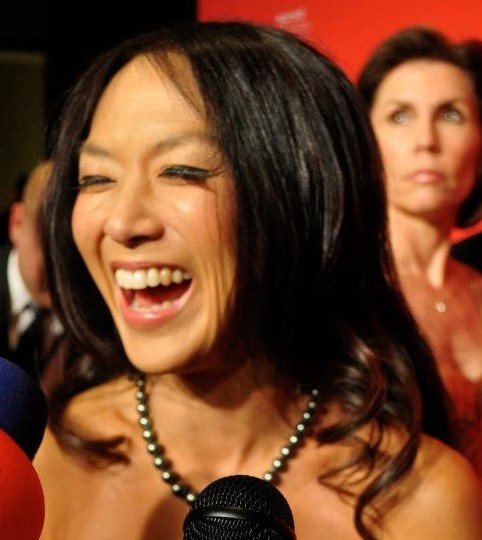
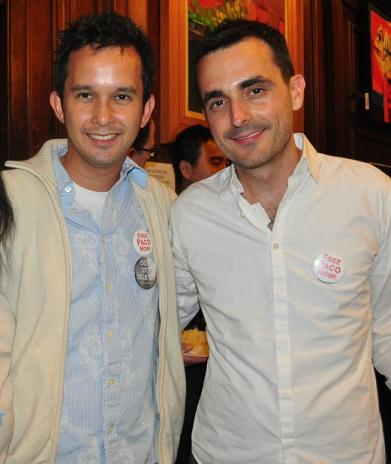
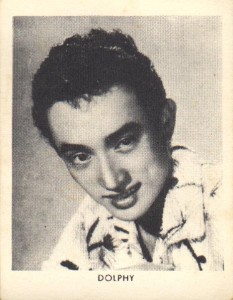
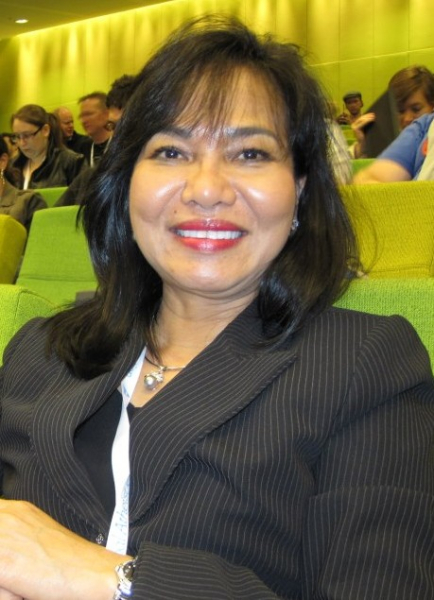
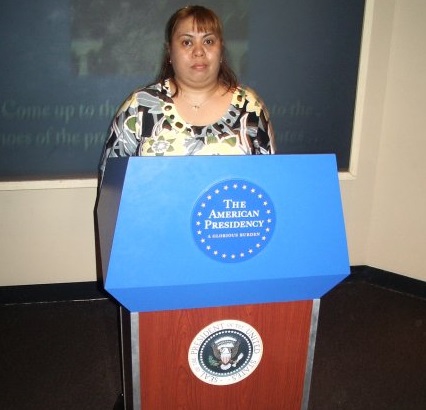
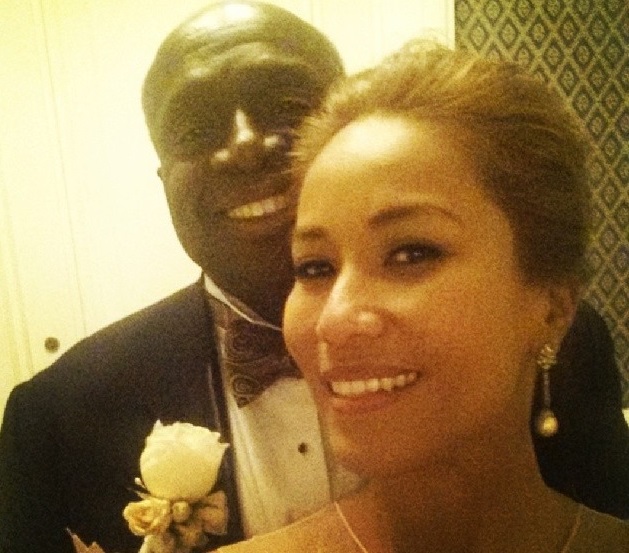

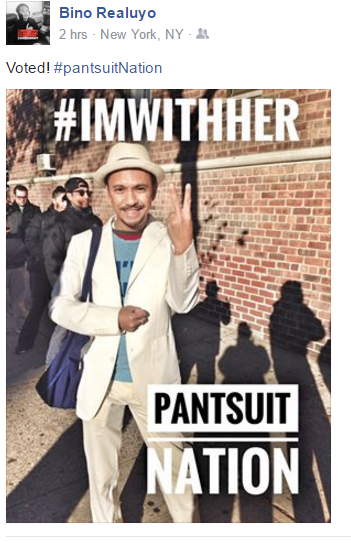
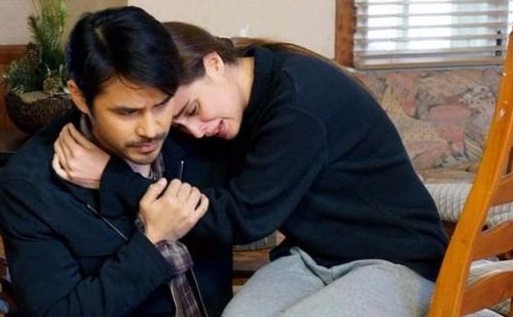
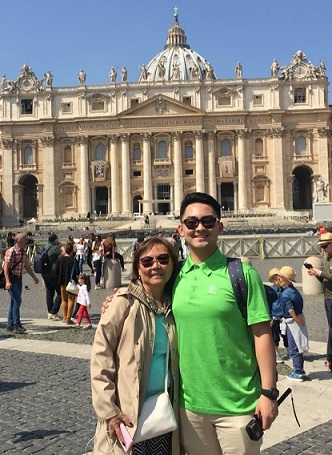
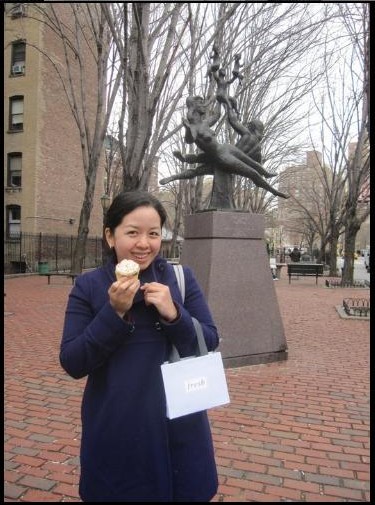


Nice article Cathy, by the way here in Perú, South America, we have a traditional food “chicharron” and it is pork fried in its own fat, very delicious, also for breakfast it is eaten with bread.
Ill keep looking for your posts, Cathy Rose.
So, do they ask the Koreans too if they brought along Kimchi, too?
Great piece Kaytee! You will be an asset…. anywhere!
Hey, I know this writer!!! Great article Cat!
Love your article cathy rose.